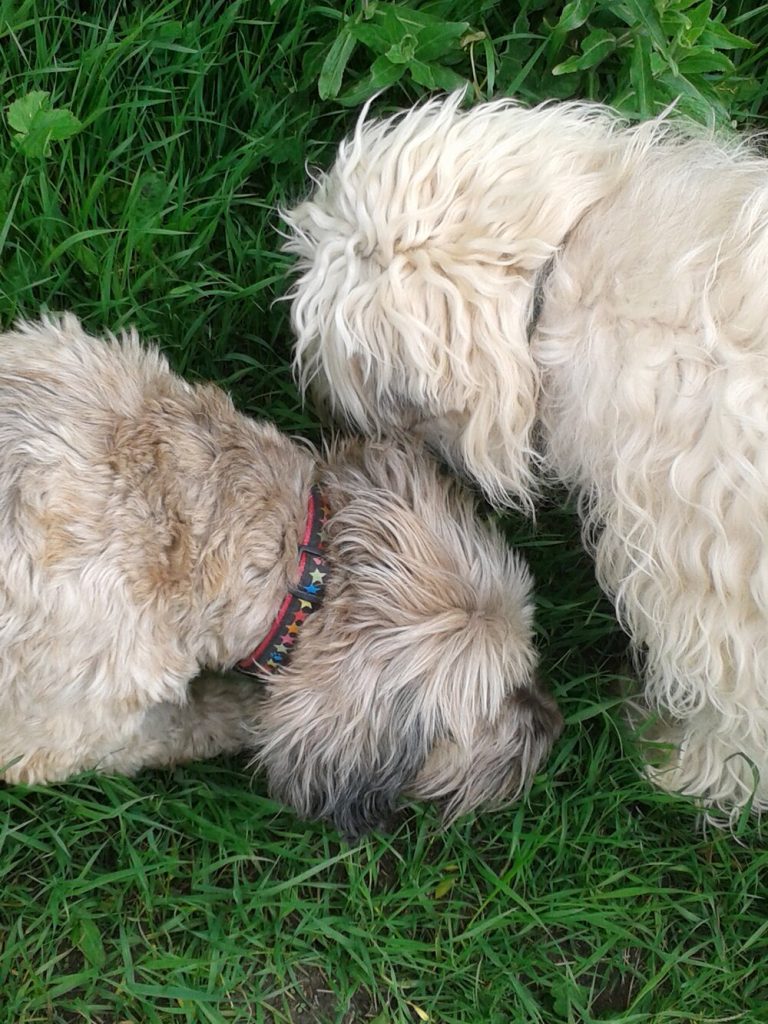The Gold Standard in Physiotherapy and Hydrotherapy for dogs
The Gold Standard in Physiotherapy and Hydrotherapy for dogs

Wobblers Syndrome is the common term for ‘cervical spondylopathy’, due to the characteristic wobbly gait that many of these dogs develop. A slipped disc is secondary to wobblers but is a common combination. It is an uncommon condition involving abnormal development of the bones in the neck. The deformed bones may directly compress the spinal cord or cause soft tissues in the spine to thicken and compress the spinal cord.
Affected dogs may show signs of:
A neurological examination is necessary to detect evidence of spinal cord compression and neck pain. There are many other causes of neck pain and nerve injury in addition to wobblers. Normal X-rays of the neck may show deformity of the vertebrae. Advanced imaging techniques such as an MRI scan or a CT-myelogram scan are the preferred methods of investigating cervical spondylopathy.
Wobblers Syndrome tends to be a progressive condition. The abnormally formed vertebrae and associated instability cause soft tissue thickening and compression of the spinal cord. Most cases are managed surgically to try and prevent further injury to the spinal cord however there are some candidates where conservative management is preferred
Conservative treatment
When dogs with wobblers syndrome are managed conservatively, their exercise should be restricted with avoidance of unnecessary jumping and climbing. Short walks on a harness may be preferable to long periods of free exercise.
Surgery
The aim of surgery is to relieve the compression on the spinal cord. This may be done in one of two ways:
Stabilisation of the abnormal vertebrae may also be necessary.
Rehabilitation therapy is a key component in helping aid the recovery from neurological diseases. Once the vet has diagnosed your pet and completed any surgeries, our team can can step in to aid the long road to recovery.
Initial therapy may include standing exercises, as well as range of motion exercises. These are complimented with pain control and toe pinch exercises. An important part of the retraining is aquatic rehabilitation. Often, with more severe cases, one of our trained neurological hydro therapists will assist the dog whist in our underwater treadmill.
Other exercises include balance exercises, core stability and spacial resistance band walking, physio-roll balancing and home specific exercises. In the hydrotherapeutic environments, the dogs will walk and train with resistance against the water, whether walking or swimming. We also use therapeutic electrotherapies to deep-heat muscles, cryotherapy and laser therapy to aid the recovery process.
Our friendly and skilled physiotherapists are ready to help you and your dog with their rehabilitation.
The content on this page is for advice and information only and does not represent veterinary guidance or direction. Please always consult a veterinary surgeon if you are worries about your dog.